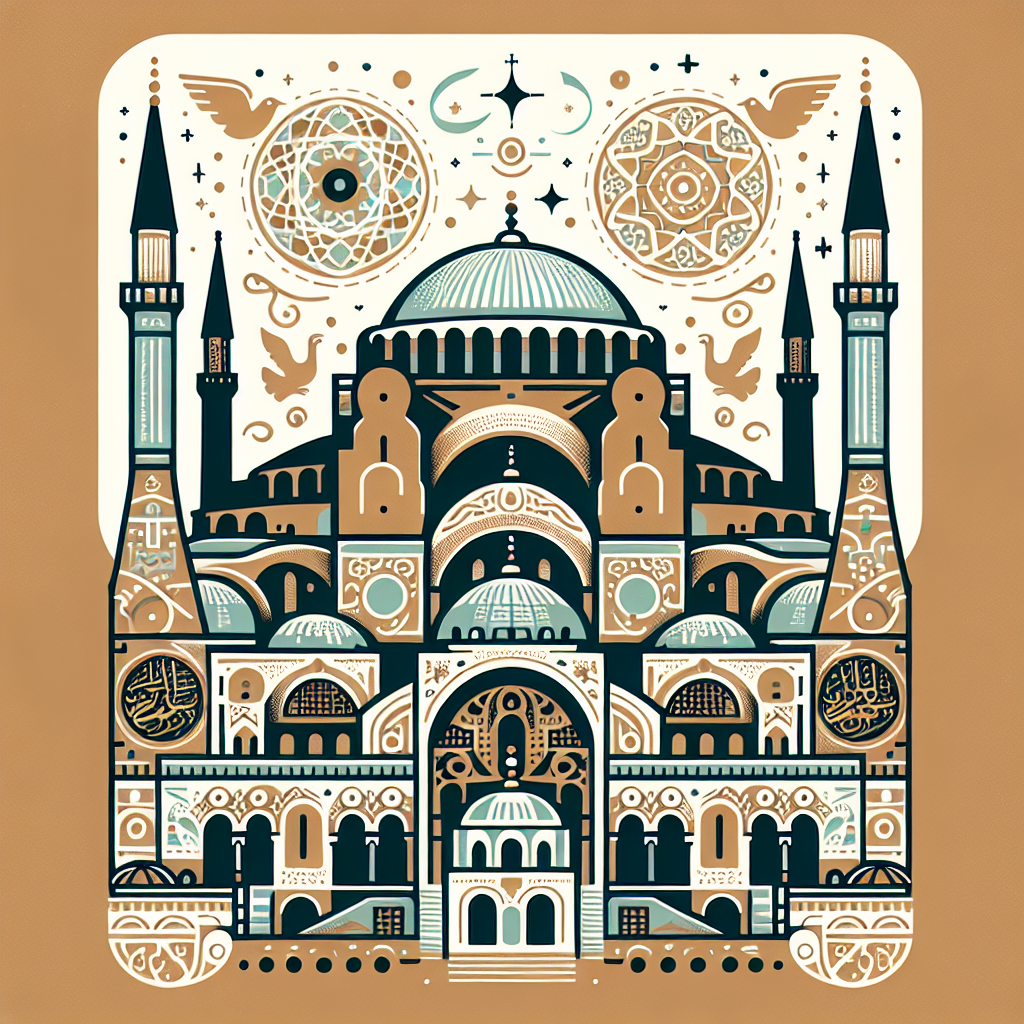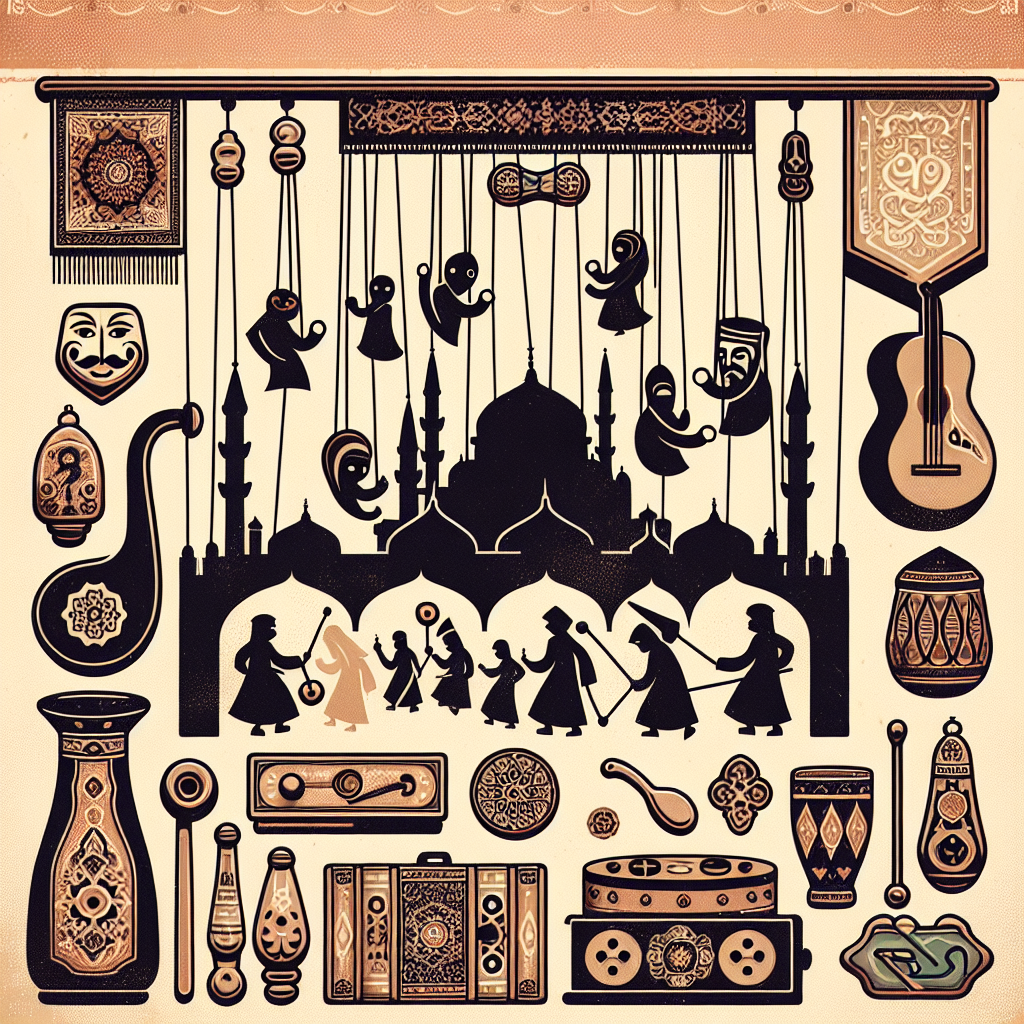Step back into the mid-15th century to a city that straddles two continents, Europe and Asia. Istanbul, formerly known as Constantinople, stands as a witness to human history’s ebb and flow. Following the Ottoman conquest in 1453, you would observe a city going through cultural and religious transformation. The skyline displays Byzantine and Ottoman legacies through its iconic architecture, while daily life unfolds below with vibrant societal changes.
Culinary Adventures
Your exploration of historical Istanbul would tantalize your taste buds with an array of exotic foods that showcase the city’s role as a hub for trade routes from different regions. As a wealthy individual during this time, your diet would be diverse, including rice, meats like lamb and beef, imported spices such
as saffron and cinnamon, fruits, and sweets. The blend of Asian, Middle Eastern, and Mediterranean cuisines is evident in cookbooks from this period like the “Kitab-ı Mevâ’id” (Book of Meals), which describe lavish feasts that you might have enjoyed.


Cultural and Religious Integration
You would find yourself amidst a mix of cultures in Istanbul where Orthodox Christians live alongside Muslims and Jews. Iconic structures like the Hagia Sophia symbolize this cultural integration; once a church, it was transformed into a mosque after the Ottomans arrived. Travelers from around the world bring their customs to this cityscape. Historical records recount travelers’ experiences and architectural styles that incorporate multiple cultural elements.


Entertainment and Artistry
In 1450s Istanbul, entertainment includes traditional forms such as shadow puppet theater known as “Karagöz,” captivating audiences with storytelling. You might also encounter Sufi ceremonies filled with music and dance or participate in public festivals where people from all walks of life celebrate. These cultural practices are documented by travelers and have endured over centuries to remain part of Istanbul’s living traditions.


Social Hierarchy
Everywhere you looked, the rigid social structure was visible; nobility lived lavishly, whereas commoners led simpler lives within defined roles. Legal codes prescribed rights based on class status; aristocrats enjoyed privileges out of reach for peasants or merchants. Only through military or administrative service could one move upward socially.
Traveling through time to 15th-century Istanbul offers a sensory experience revealing how culinary tastes, religious diversity, entertainment forms, fashion trends, social hierarchies, and health practices shaped its identity—a legacy that still influences modern life.
References:
Crow J., Bardill J., Bayliss R., “The Water Supply of Byzantine Constantinople,” Journal of Roman Studies Monograph No. 11.
Dalby A., “Siren Feasts: A History of Food and Gastronomy in Greece,” Routledge.
Dawson T., “Byzantine Women and Their World,” Harvard University Art Museums.
Harris J., “Constantinople: Capital of Byzantium,” Bloomsbury Academic.
Harris J., “The End of Byzantium,” Yale University Press.
Jennings R.C., “Christians and Muslims in Ottoman Cyprus and the Mediterranean World.”
Laiou A.E., “The Economic History of Byzantium.”
Magdalino P., “The Maritime Neighborhoods of Constantinople.”
Miller T.S., “The Birth of the Hospital in the Byzantine Empire,” Johns Hopkins University Press.
Müller-Wiener W., “Bildlexikon zur Topographie Istanbuls,” Deutsches Archäologisches Institut.
Mango C., “The Art of the Byzantine Empire 312-1453: Sources and Documents,” University of Toronto Press.
Norwich J.J., “Byzantium: The Decline and Fall,” Viking.
Oikonomidès N., “Les listes de préséance byzantines des IXe et Xe siècles.”
Runcima S., “The Last Byzantine Renaissance,” Cambridge University Press.

